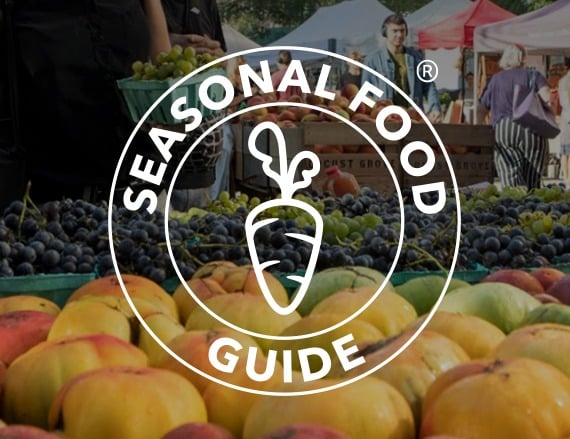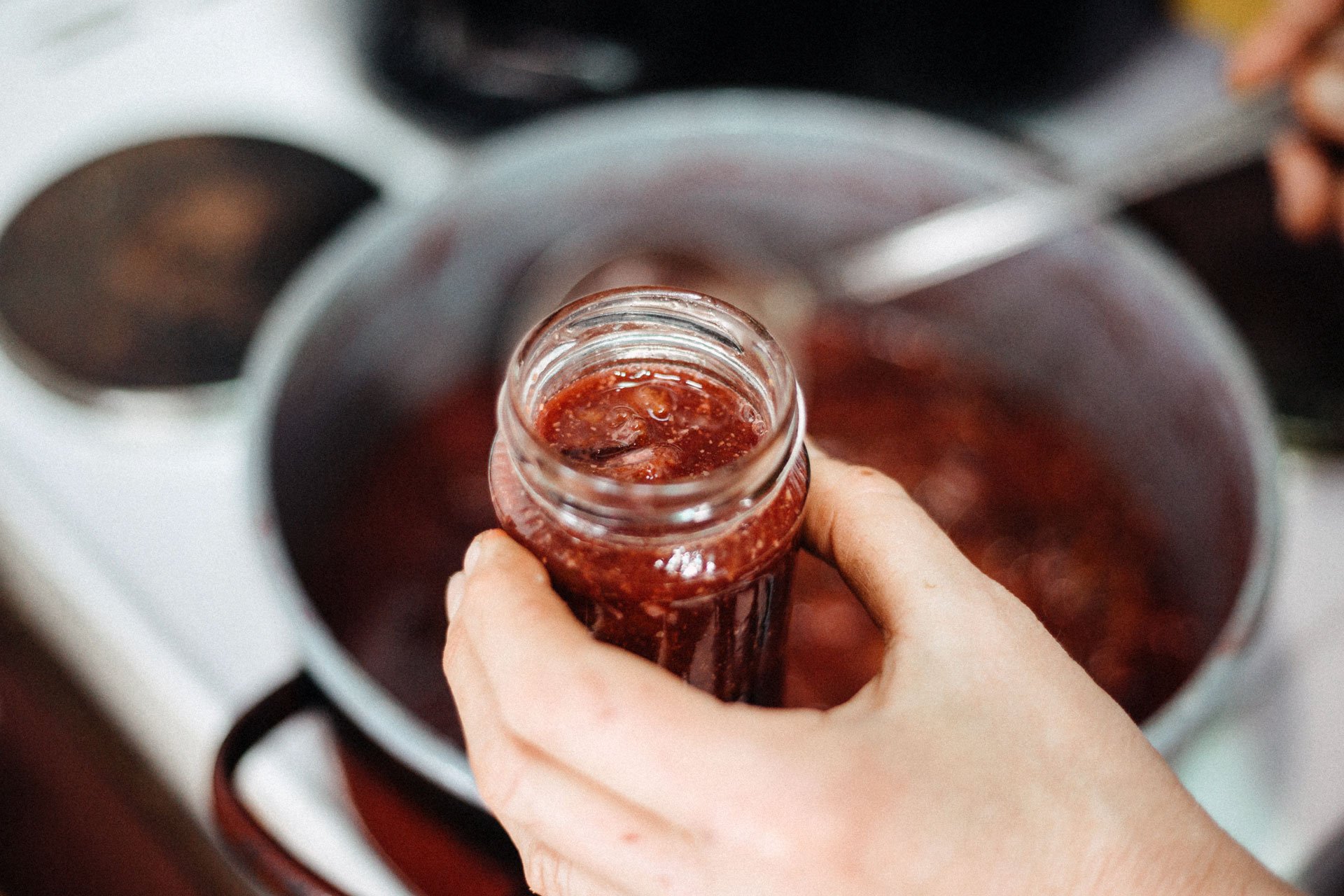Real Food Encyclopedia | Grapes
From inspiring myth to galvanizing a labor movement, grapes have been involved in much of human history — including, of course, the history of alcohol. The wine we drink today is essentially the same beverage enjoyed by the ancient Persians, Romans, Greeks and Egyptians.
Perhaps the best-known grape species is Vitis vinifera, native to Eurasia, which is standard in winemaking and encompasses cultivars such as chardonnay, pinot noir and cabernet sauvignon, as well as many of the table grapes available in U.S. grocery stores. But other species (and hybrids) are also eaten fresh or made into wines, preserves or raisins. The North American species Vitis labrusca is the source of “slip-skin” grapes like Concord and Catawba. Muscadine wine is made from Vitis rotundifolia, native to the southern U.S.
Did you know?
- The earliest evidence of winemaking with grapes can be seen in 8,000-year-old clay vessels unearthed in the Republic of Georgia in 2017.
- In the 19th century, grape varieties from the U.S. saved the vineyards of Europe. After an aphid-like insect, phylloxera, decimated European vineyards, growers figured out that grafting European grape varieties onto phylloxera-resistant North American root stock could prevent further destruction.
What to look for when buying grapes
Grapes come in many colors, from dusky red to deep purple to bright green. Look for fresh grapes with no brown spots, mold or significant numbers of shriveled grapes on the cluster.
Here are some table grape varieties you might encounter at the grocery store or farmers’ market:
V. vinifera — Known as the “common” grape, this is the most widely cultivated species and overwhelmingly the preferred grape for wine. Many varieties are also popular table grapes in the U.S., grown mostly in California.
- Thompson Seedless: Also called “Sultana” grapes. The country’s mostly widely cultivated white table grape, with an oblong shape and crunchy flesh.
- Flame Seedless: One of the most popular red table grapes, a hybrid of Thompson Seedless and other vinifera varieties.
- Red Globe: Large, round, seeded red grapes also common in grocery stores.
- Corinth: Very small, tightly bunched seedless red grapes, more commonly known as “Champagne” grapes (though they are unrelated to Champagne wine production).
V. labrusca — Native to Eastern North America, grapes of this species (sometimes called “fox grapes”) are “slip-skin,” meaning the pulp can easily be squeezed out whole. Their sweet, somewhat musky flavor is often described in the wine world as “foxy.”
- Concord: Sweet, aromatic red grape common in juices and desserts and the basis of what many of us consider “grape” flavor.
- Catawba: Red grape used predominantly for wine and juice, but also good in jams and jellies and eaten fresh.
- Niagara: Sometimes called “white Concord” and the main grape used for the production of white grape juice. Less tangy than other white grapes.
V. rotundifolia — Also known as muscadines, these round grapes can be either “bronze” (green or rosy gold) or “black” (dark red or deep purple). Native to the Southern U.S. and a favorite regional summer fruit, they are also used to make muscadine wines.
- Scuppernong: Sometimes used interchangeably with “muscadine,” but also the name of a common bronze variety with distinctive pearlescent golden-green skins.
- Supreme: Very large grapes (sometimes nearly the size of a golf ball) of the black muscadine variety, with crisp, dark-purple skins.
- Triumph: Very sweet, pink-tinged bronze muscadine bred at the University of Georgia and common as a fresh market variety.
Hybrids — These grapes are created by crossing multiple Vitis species, often to improve disease-resistance or climate-resilience but sometimes for flavor and texture as well. Prolific breeding programs can be found at several U.S. universities.
- Bronx: A cross between the Concord (for flavor) and the Thompson (for texture and seedlessness) bred in partnership with the New York Botanical Garden and now part of Slow Food’s Ark of Taste.
- Thomcord: Another Thompson-Concord cross, developed in California and considered less “complex” than the Bronx grape.
- Beta: A cross between the Concord and a variety of Vitis riparia, wild “riverbank” grapes native to North America. Its extreme cold-hardiness makes it a popular choice in Minnesota.
- Kyoho: A V. vinifera x V. labrusca cross first produced in Japan and popular in East Asia, with large, sweet, slip-skin fruits that are often served peeled. Considered a specialty grape in the U.S. and grown in limited amounts in California.
Sustainability of grapes
Genetic diversity has decreased in recent years. As grapes have become a global commodity, certain cultivars have begun to dominate, in some cases replacing varieties bred for specific geographic conditions, such as low rainfall.
Raisin production also has some negative environmental implications. Most golden raisins are exposed to sulfur dioxide — which is a factor in acid rain and is commonly released during volcanic eruptions — to maintain their light green-yellow color. Sulfur dioxide may cause breathing difficulty for people with asthma. (The brown color of most raisins comes from the natural caramelization that occurs during sun- or oven-drying.)
Pesticides
Large-scale grape growing, especially in the U.S. and Australia, can be very water-intensive, and pesticides, especially fungicides, are widely used. In fact, grapes rank eighth on the Environmental Working Group’s 2023 Dirty Dozen list of fruits and vegetables most contaminated with pesticides.
Labor issues
Grape growing and harvesting is a very labor-intensive process. Famously, the 1965 Delano Grape Strike saw Filipino and Mexican laborers join together to form the United Farm Workers of America, whose protest in the fields went on to ignite a hugely successful consumer boycott.
In 2008, terrible labor conditions for migrant workers in California came to the forefront again after a 17-year-old girl, laboring in a vineyard for hours, died of heat exposure. More recently, wine country in California has experienced labor shortages due to heightened restrictions on immigration.
Geography
The “birthplace of wine” title remains hotly contested, but a recent genetic study shows that wine grapes were first domesticated in the Caucasus around 11,000 years ago.
Fueled in part by a growing love of wine, China’s grape production has recently surged past former leaders Italy, France and the U.S. California leads grape-growing in the States and is also a world leader for raisin production, in some years rivaling raisin powerhouse Turkey.
Seasonality
In the U.S., most grapes are harvested in the late summer and early fall. The grapes you see at grocery stores in winter often come from Chile or elsewhere in Latin America.
Eating grapes
Storing
Grapes should be as kept dry as possible, as moisture accelerates decomposition. Fresh grapes will keep from one to two weeks in the refrigerator.
Cooking
In addition to adding pop to caponata or pilaf, raisins are a pantry staple for baking. To keep them from sticking together in your oatmeal raisin cookies or sinking to the bottom of your Irish soda bread batter, toss them in a little all-purpose flour before gently folding them in.
Fresh grapes can also make a sophisticated addition to dishes both savory and sweet. Try inventive pastries like fresh grape pie or grape-lavender tart, or the classic Southern grape-hull pie (a traditional use for muscadines). Concord grapes are especially versatile in everything from focaccia with rosemary to sorbetto. Another classic preparation with fresh grapes: chicken salad. Both raisins and fresh grapes pair well with cheese.
It’s not just the fruit that’s delicious — grape leaves are also edible, most famously as dolmas, the Middle Eastern and Greek dish in which they’re stuffed with rice and meat.
Preserving
Of course, the most famous way to preserve grapes is to make wine (or the various spirits derived from them, such as grappa or brandy). Making wine at home requires time and equipment — and the results are usually disappointing — but this article outlines the process if you’re feeling inspired.
On the non-alcoholic side, grapes, especially Concords and other North American varieties, make excellent jams and jellies. You can also make your own raisins.
Nutrition and health
Grapes contain small amounts of several nutrients, such as copper and potassium. However, the skins, especially of red grapes, are high in antioxidants and may help lower cholesterol.
Top photo by kkeekkii02/Twenty20.


